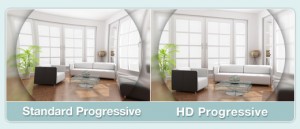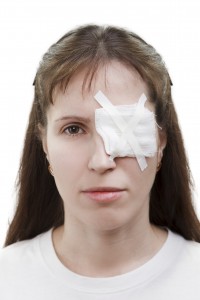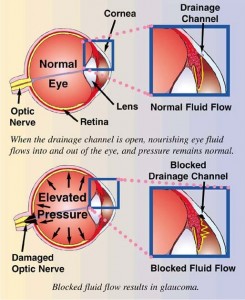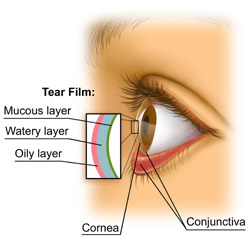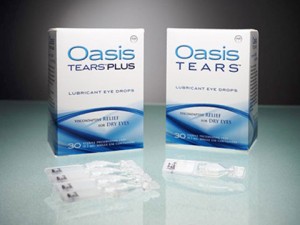 When patients come to see me, I need to have a way to compare how they see in relation to someone with “normal” vision. I also need to have a consistent measurement for year to year comparison. So, like most eye doctors, I use a number system called Snellen visual acuity. This measure of the clarity of vision uses black letters on a white background. This is the part of the eye examination, when I ask you to read the letters on the chart. The letters are called optotypes and they have a very specific design that takes into account the size of the lines and the space between them While there are other types of visual acuity measurements, Snellen acuity is the most common. One of the circumstances when I will use other types of tests is when I’m examining my younger patients. Then I might use shapes or broken wheel charts.
When patients come to see me, I need to have a way to compare how they see in relation to someone with “normal” vision. I also need to have a consistent measurement for year to year comparison. So, like most eye doctors, I use a number system called Snellen visual acuity. This measure of the clarity of vision uses black letters on a white background. This is the part of the eye examination, when I ask you to read the letters on the chart. The letters are called optotypes and they have a very specific design that takes into account the size of the lines and the space between them While there are other types of visual acuity measurements, Snellen acuity is the most common. One of the circumstances when I will use other types of tests is when I’m examining my younger patients. Then I might use shapes or broken wheel charts.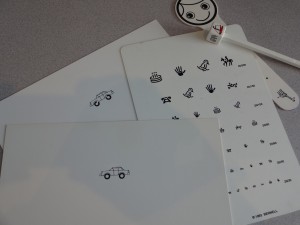
The measure most people want to achieve with the Snellen visual acuity is 20/20 vision. This is considered normal. But what does 20/20 mean? Take for example a person with 20/40 vision. A person with 20/40 vision is at a disadvantage compared to a person with normal, 20/20 vision. In fact, a person with 20/40 vision would have to stand 20 feet away from something that a person with normal vision can stand 40 feet away from and still see clearly.
A number of factors like eye disease, the eye’s length and curvature, and the quality of connection between the eye and the process centers in the brain come together to determine visual acuity. Some factors, like nearsightedness, come with easy solutions like glasses or contact lenses. Others conditions like macular degeneration, are much more complex and simple solutions like glasses only offer minimal improvement.

